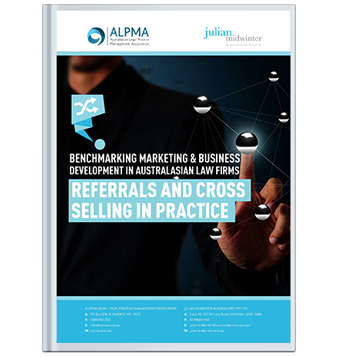An infographic is worth a thousand words
Using information graphics (infographics) in your marketing, sales and business documents makes them not only more visually appealing, but also more effective. People think in pictures, and 90% of the information that comes to the brain is received and processed visually. Infographics will attract the attention and maintain the focus of your readers.
Continue ReadingCase studies: the ‘so what?’ test
Case studies have become a common way for firms to evidence their expertise in tenders, capabilities documents, directories, blog posts and on their websites. But before you launch into writing up your next case study, pause for a moment and think about how you can make it a compelling and stand-out case for your audience. […]
Continue ReadingExhibits A through Z: essential evidence for your tenders and proposals
Our experience with clients, from lawyers through to not-for-profits, is that when it comes to tenders, bids and proposals winners are separated from losers by strong, evidence-based submissions. Resonant stories packed with specifics are what sell. Those compelling and credible stories are based on evidence. If your business depends on winning new work or retaining […]
Continue ReadingLegal directory listings: what are the benefits?
It’s that time of year again… legal directory listings are open! If you are considering whether submissions to the Chambers & Partners and/or The Legal 500 directory listings are right for your firm, read on. We’ll outline some of the benefits.
Continue ReadingLegal directory results: what next?
Congratulations if your firm has been listed in one of the major legal directories (Chambers & Partners, APL500 or others). You may be thinking, what next? Don’t sit idly and let your time, efforts and results go to waste. Take action with our top tips for making the most of your directory listing.
Continue ReadingShould you ask clarification questions during a tender process?
Most tender processes include a period during which respondents can submit clarification questions. These might relate to practical matters, such as the format of the submission, or to specific questions or components of the tender. In putting together a compliant bid, you want to be sure you understand the questions and address them correctly, and […]
Continue ReadingThe 4 Cs of persuasion
We’ve all had the experience of watching a TV commercial and wondering “what was that all about?”, or reading a sales promotion letter and thinking “so what? why should I care?” Or even worse, receiving a proposal and groaning at the thought of reading the whole document. Persuasive messages can be characterised by the four […]
Continue ReadingKeys to differentiation
We all know how difficult it can be to differentiate ourselves from our (often very) successful competitors. However, differentiation is critical to a winning proposal – without it, you will simply be one of the pack. Four keys to effective differentiation are: focus on what your client thinks is important – not only on what […]
Continue ReadingPre-proposal due diligence
Those who’ve done it know well that while tenders, bids, and competitive proposals are great ways to win work, it’s easy to squander precious time and money on bids with limited prospects of success. Here’s a simple framework for pre-proposal due diligence which our consultants find helpful in guiding professional service firm clients to correct […]
Continue ReadingPossible key selling arguments
Sorting through what’s important to your prospective client and determining what will differentiate you from your competitors can be a daunting task. In hard-fought competitions, how we deal with even minor issues can make the critical difference between winning, and losing. This list is a useful starting point in determining how best to position your […]
Continue ReadingSelect articles
Feature article

Tender readability – tips to improve your tender presentation and some tender presentation no-nos
Tender readability remains a problem for some in the 21st century. I still see submission documents that cling to a handful of really old hat tender presentation and formatting techniques. I suspect this is because some of these ‘rules’ are viewed as being more appropriate to a ‘formal’ style of document such as a tender. […]




